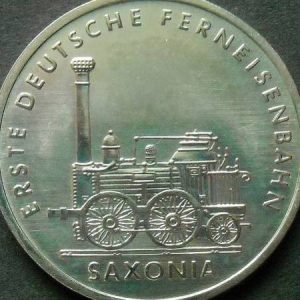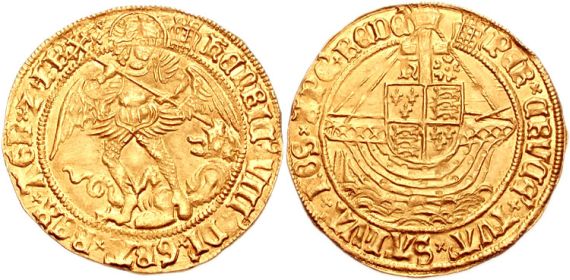changing sheets
Coins of the Ottoman Empire
 One of the most mysterious and unknown countries today is Turkey. The first mention of the territory of ancient Turkey dates back to the seventh millennium BC. If we consider the present, it is of course the famous resorts, luxury hotels, and of course the warm sea and the hot sun. If you are going to travel to Turkey, you will see a lot of sights and monuments of history and culture of this state, and you will surely stay under wonderful impressions. But let’s consider the territory of Turkey, when it was part of the Ottoman Empire. Continue reading
One of the most mysterious and unknown countries today is Turkey. The first mention of the territory of ancient Turkey dates back to the seventh millennium BC. If we consider the present, it is of course the famous resorts, luxury hotels, and of course the warm sea and the hot sun. If you are going to travel to Turkey, you will see a lot of sights and monuments of history and culture of this state, and you will surely stay under wonderful impressions. But let’s consider the territory of Turkey, when it was part of the Ottoman Empire. Continue reading
Old Russian monetary system
 For quite a long time, the fact has been noticed that treasures belonging to the period from the 9th to the 11th century contain quite a lot of fragments and scraps of coins. And this is not a coincidence at all, since there are treasures consisting entirely of small fragments. On such fragments, sometimes there are monetary legends, the names of rulers, dates of minting, and similar inscriptions.
For quite a long time, the fact has been noticed that treasures belonging to the period from the 9th to the 11th century contain quite a lot of fragments and scraps of coins. And this is not a coincidence at all, since there are treasures consisting entirely of small fragments. On such fragments, sometimes there are monetary legends, the names of rulers, dates of minting, and similar inscriptions.
When the coins correspond to some definite and well-known weight, then the seller who received them will simply calculate the amount of metal that the op receives from the proceeds of any goods, or from the services provided to them. Scales for weighing coins are necessary for him only to carry out a control check – no more. Continue reading
Numismatics. Railway is dedicated to …
 Coins for millennia are not only a means of payment, but also the subject of art coinage. Since ancient times, each state on the main side of its banknote has sought to express its “face”: the characteristics of the country, important historical dates. In the numismatic collections there are also thematic issues. So, the railway theme is traced on the coins of 14 countries, including Russia. Ahead of the whole planet in this respect are the island states of Cuba, Caicos and Marshall Islands, in the piggy bank of which there are more than 10 coins with views of old steam locomotives.
Coins for millennia are not only a means of payment, but also the subject of art coinage. Since ancient times, each state on the main side of its banknote has sought to express its “face”: the characteristics of the country, important historical dates. In the numismatic collections there are also thematic issues. So, the railway theme is traced on the coins of 14 countries, including Russia. Ahead of the whole planet in this respect are the island states of Cuba, Caicos and Marshall Islands, in the piggy bank of which there are more than 10 coins with views of old steam locomotives.
So, steam locomotives are immortalized on Cuban pesos three times: in 1989, in denominations of 1 peso in copper-nickel alloy, in 1983 and 1988 in silver, respectively, 10 and 20 pesos. Continue reading




